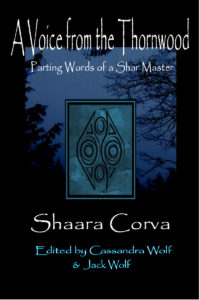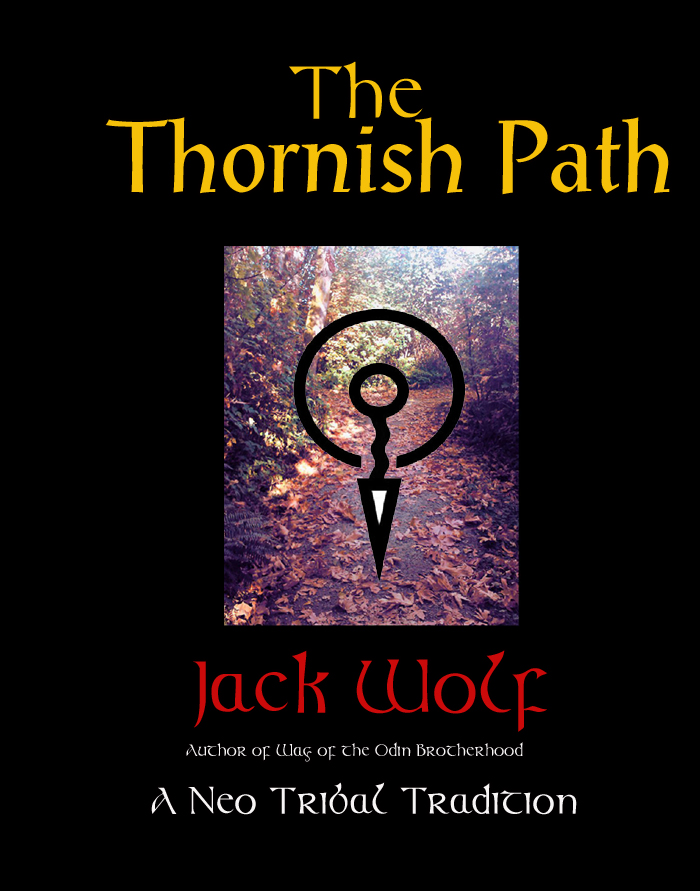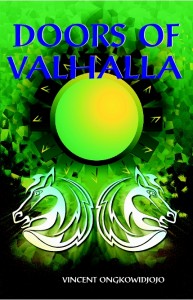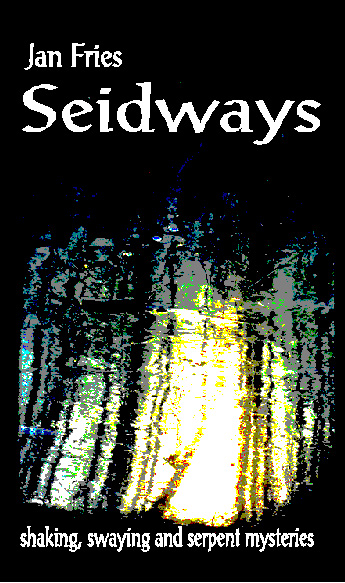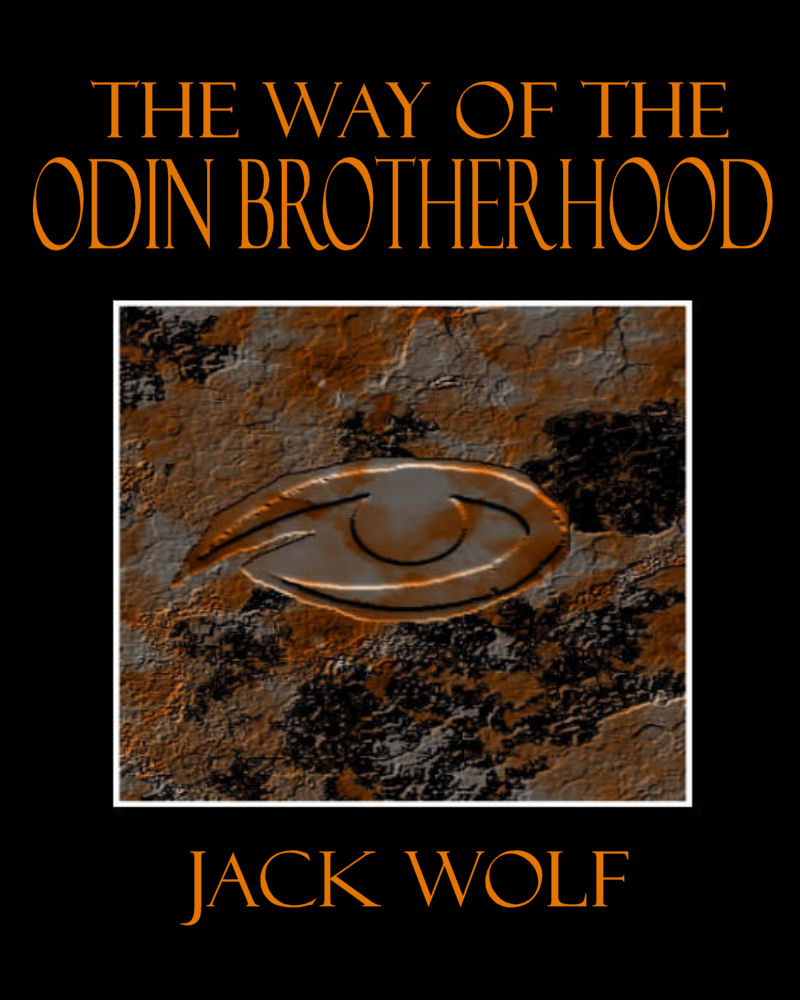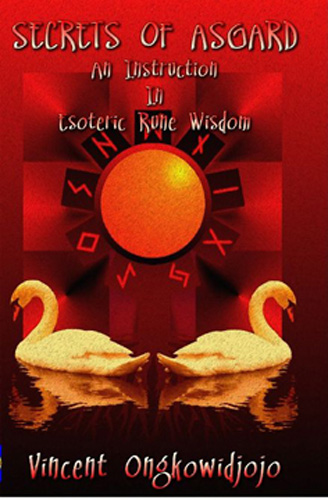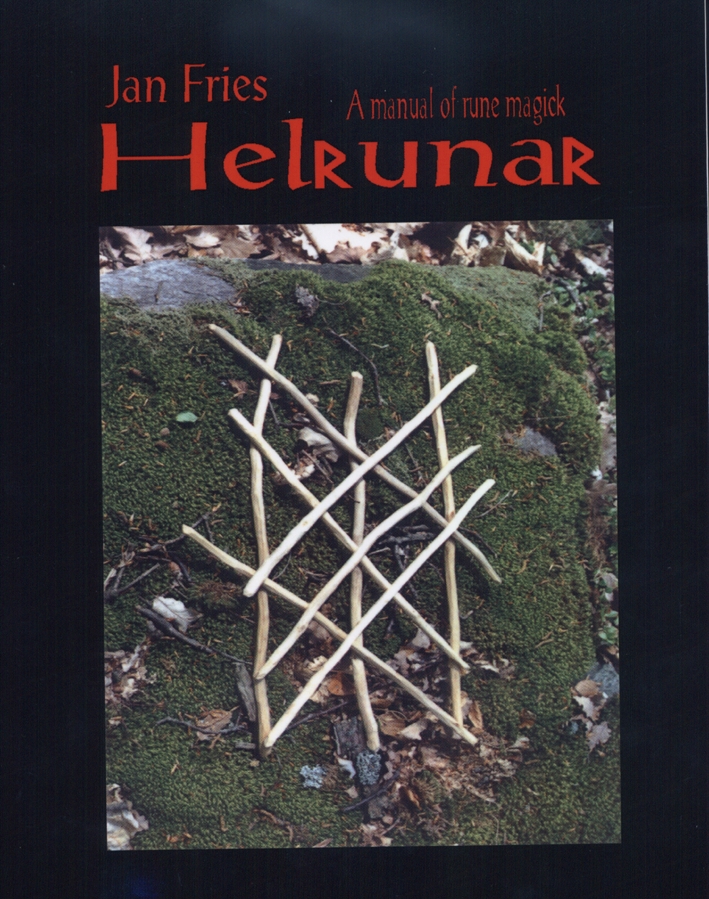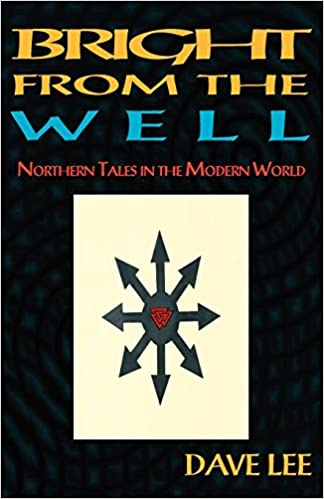6th Edition
Enlarged with 50 pages of new material
Mark L. Mirabello
(Non-Fiction) (Odinism) (Secret Societies)
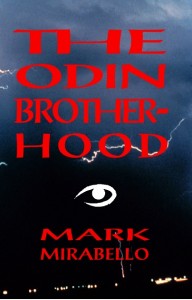
The Odin Brotherhood
Mark L. Mirabello
6th Edition enlarged with 50 pages of new material.
Format: Softcover/180 pp.
ISBN: 978-1-906958-63-3 (was 9781869928711)
£15.00 /US $24.00
Subjects: Odinism/Northern Tradition/Secret Societies/Non-Fiction Account
Click HERE for The Odin Brotherhood / UK
Click HERE for The Odin Brotherhood /USA
Click here for Kindle UK Edition
Click here for Kindle USA Edition
‘When the world is pregnant with lies, a secret long hidden will be revealed.’- An Odinist Prophecy
Just like the Cannibal Within, a chance encounter, although this time in the famous Atlantis Bookshop, blossomed into a dialogue between the author and the anonymous adept of Odin. Called an “occult religion” for adepts, a “creed of iron” for warriors, and a “secret society” for higher men and women who value “knowledge, freedom and power,” the Odin Brotherhood honors the gods and goddesses of the Norse pantheon.
This non-fiction book details the legends, the rituals, and the Mysteries of an ancient and enigmatic movement.
Contents
Introduction
Introduction to the Mandrake Edition
The Dialogue
Odinism and the Mysteries of the Past
The Odin Brotherhood Today and the Heroic Ideal
On Polytheism and the Nature of the Gods
The Eddaic Verses and the Three Ages of Man
Why Venerate the Odinist Gods?
The Contacts between Men and Gods
The God Odin and His Mysteries
The Goddess Frigg and the Rite of Marriage
The God Thor, the Nemesis of Titans
The Goddess Sif, the Mischief of Loki, and the Skill of the Rock Dwarfs
The God Heimdall and “The-Sojourn-of-the-Brave”
The God Bragi, the Holy Words, and the Seasonal Rites
The Fair Goddess Idun and Her Enchanted Fruit
Brave Tyr, the Warrior God
The God Njord, Magic, and the Vanir Gods
The God Frey and the Elves
The Goddess Freyja, the Lovely Patroness of Birth
The God Balder and the Adventure of Death
The Goddess Nanna and the Odinist Death Rite
The Legend of “The-Mountain-of-Promise”
Destiny, Ragnarok, and the Mysteries of the Future
Epilogue –
Eddaic Sources
Works on Modern Odinism
Reviews of Earlier Editions of
The Odin Brotherhood
Three New Chapters:
Supplement
Odin Lives Interview
Secret Societies: A Brief Essay
War, Odin, and Valhalla
————
Reviewed by Tyler Ferguson
in Dagobert’s Revenge
‘Odinism is an ancient religion that acknowledges the gods by fostering thought, courage, honor, light and beauty. Older than history, Odinism is all that was called wisdom when the world was new and fresh.’
‘So begins The Odin Brotherhood: A Non-Fiction Account of Contact with a Pagan Secret Society by Dr. Mark L. Mirabello. This slender work about the origins and meaning of the Odin Brotherhood and Odinism as a religion was originally published in 1992, and a revised and expanded fifth edition of the book will be published by Mandrake of Oxford in England.
For many, the gods honored by The Odin Brotherhood are the gods of our ancestors. Gods long believed forgotten. But the Brotherhood, a secret society for all “extraordinary mortals who embrace the principles of Odinism” which claims to be 5 centuries old, has preserved the ancient traditions.
The Brotherhood was formed during the height of persecution at the hands of Christianity. “Purified by violence, Odinism became a religion for the highest form of Hero.” From those persecuted heroes, the Odin Brotherhood was born.
To the Odinist, supreme courage is “the one against the all” and no one fits that definition better than those who honored the old gods despite the wrath of the Church.
The Brotherhood’s violent beginnings are remembered in a legend telling of a corrupt Christian priest who arranged the execution of a young widow who was found honoring the old gods. Three children were forced to watch as the priest incited a mob to murder the women for her pagan ways. Later, these three children–two boys and one girl– through ritual made contact with the murdered woman. The children were given three directives in a “necromantic” communication from a woman shrouded in white linen, and these three directives would be the foundation for what would become the Odin Brotherhood. The book states that since that time “The Brotherhood bears the teeth marks of Christianity, but it has survived.”
The book continues by explaining the relationship the Odinist has with the gods. The Brotherhood explains in wonderful detail the characteristics and names of several of the major gods that they honor. In these explanations the reader will find the essence of the Brotherhood, and their ceremonies of initiation, birth, marriage and death, honor system, ideals of morality, systems for daily life and an understanding of the Odinist’s afterlife.
Ragnarok, the Odinist apocalypse, is also graphically explained–again providing crucial insight into the understanding of the Brotherhood’s relationship with the gods. A crucial understanding of the gods of Odinism is the understanding that they are flawed. The reader will come to appreciate this significant detail and the importance of such ironies.
The body of the text ends with the end of Ragnarok. The gods have perished and the world destroyed but all is not over. For the Odinist believes in “The-Law-of-the-Endless-Circle”-that “nothing dies forever”-and that all things will occur again and again. And with this belief come the understanding of the final statement of the book and the first utterance after Ragnarok “Hail to the gods that are dead! They are the future race of Lords!”
The author in a somewhat unorthodox style presents clear details of the Brotherhood that may otherwise be hard to gain in the pages of an elaborate work. From the Brotherhood comes the explanation of Odinism as a religion, the details of ritual and ceremony and even the graphic telling of events believed yet to come. The reader will find this work accessible in its simplicity, yet busting with critical information regarding a society that few realize exists. I highly recommend this book for the student of the Occult.
I wish to end this review with a few quotes from the book:
“Odinism is a creed of Iron”
“When the gods made man, they made a weapon”
“Beware of gods that cannot laugh”
“Before he dies – before he penetrates the mystery of the outer blackness – every Odininst must pass on the wisdom of his secret”
To the astute reader of Dr. Mirabello’s works– at least the two reviewed for Dagobert’s Revenge— one will find additional insight into the mystery of The Cannibal Within in the pages of this earlier work.’
‘. . .will fascinate students of Norse religion and medieval secret societies’
– The Cauldron
The Odin Brotherhood Website
www.odinbrotherhood.com

